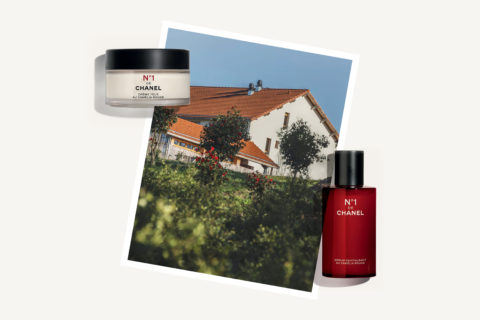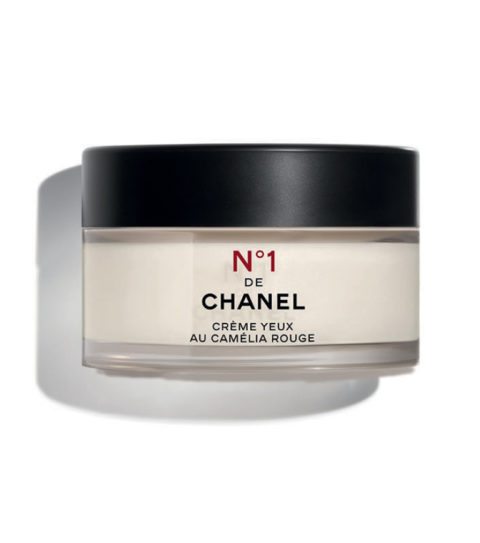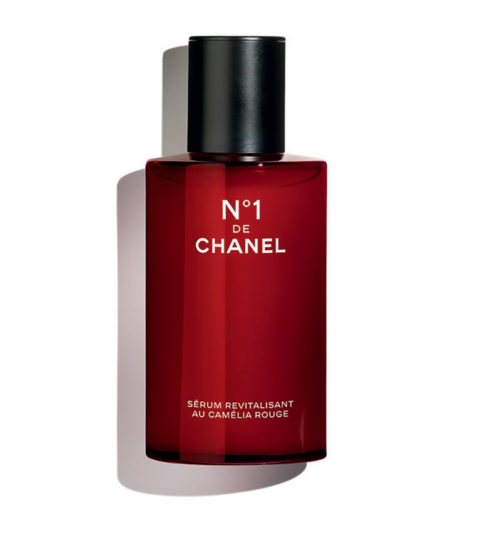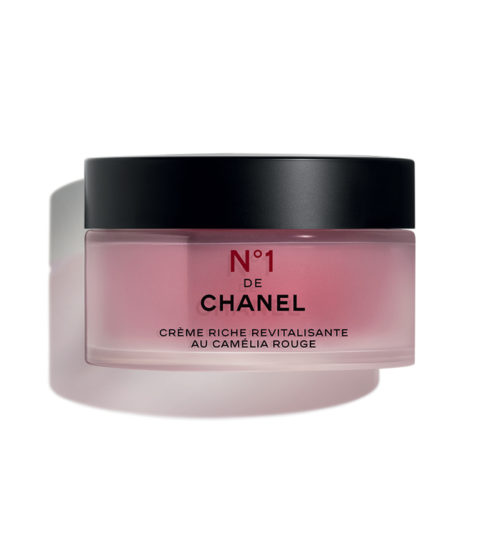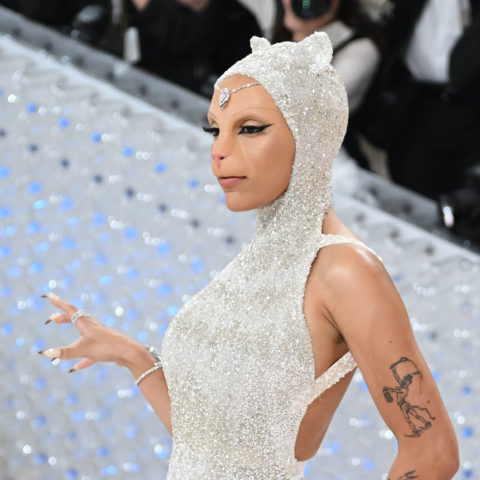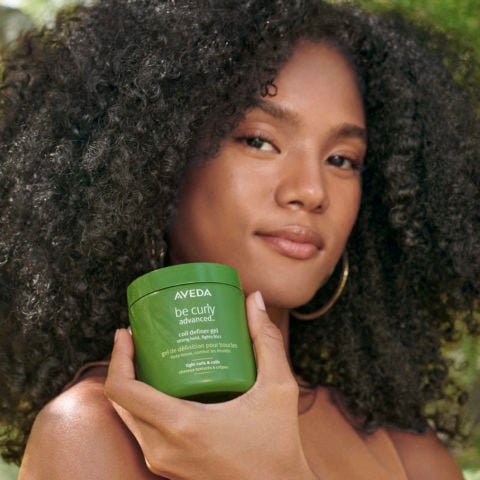A Rare Glimpse Inside Chanel’s Camellia Farm in Gaujacq
In the small French village of Gaujacq, Chanel works with growers and chemists to harness the power of the camellia flower.
Many of the most beautiful things in life are the result of being in exactly the right spot — a perfect alignment of external factors. The same can be said of Chanel’s open-sky laboratory in the small town of Gaujacq in southwest France, about an hour from Biarritz (the surfing capital of Europe and where Gabrielle Chanel opened her very first couture house in 1915). The over-40-hectare camellia farm and research laboratory is 54 kilometres from the ocean and 56 kilometres from mountains. “This makes it a unique climate,” says Jean Thoby, an internationally renowned camellia expert and our tour guide as we roam the rolling hills of Gaujacq. “The winds are almost non-existent, the land is deep and the springs are abundant.” The hot and humid weather (Gaujacq sees about 150 centimetres of rain each year, spread over the four seasons) is ideal for camellias because it’s similar to the flowers’ native growing grounds in Japan and China, where they thrive. “We don’t even have to water the plants because of the humidity,” says Thoby.
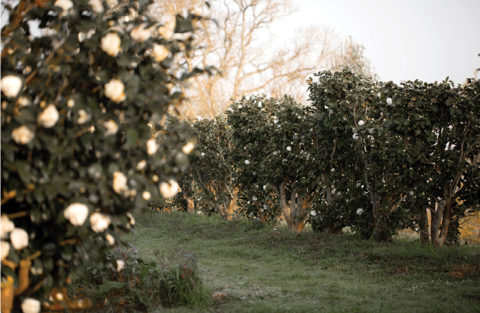
Thoby was born into the world of plants — his parents owned a nursery in Nantes, and he is a fifth-generation plant collector. But his passion for plants still feels fresh and new. (“Did you know that the direction in which tree branches grow depends on the position of the planets?” he asks excitedly as we wander through the fairy-tale-like garden of blooms.) In 1998, Thoby accepted an offer to partner with Chanel to study his impressive camellia collection. (Camellias were Gabrielle’s favourite flower, after all.) His father once declined a similar offer from Chanel, but Thoby agreed to invite the brand in, eager to learn more about his beloved camellias. “A recent study revealed that only 3 per cent of the world’s plants have been analyzed for economic purposes,” says Thoby. “But the more we study plants, the more uses we’ll find that can have impacts in a wide variety of fields, such as medicine, fashion and beauty. Botanical gardens contain treasures.”
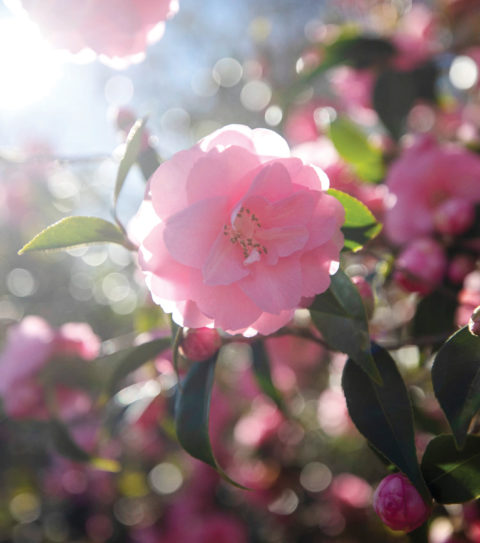
Indeed they do. The celebrated garden is bursting with over 2,000 varieties of camellias, and just steps from the farm and gardens is Chanel’s research laboratory, where a small team of experts study the flower and its properties during its harvest. “Our phytochemistry lab is located directly in the middle of the farm at Chanel’s open-sky lab,” says Nicola Fuzzati, the brand’s director of active ingredient research. “The flowers are picked and brought straight to the lab to be analyzed.” Fuzzati’s team studies the components of camellias, analyzes the differences between fresh and dried flowers, identifies the most promising sources of active ingredients and ensures that traceability and quality-control practices are followed. “Because of this proximity, we can verify if agricultural practices can influence the production of plants,” he explains. These findings are then communicated to Chanel’s research lab and incorporated into the brand’s product offerings. “Our presence on the ground and our scientific expertise give us a unique perspective on nature’s potential to serve beauty.”
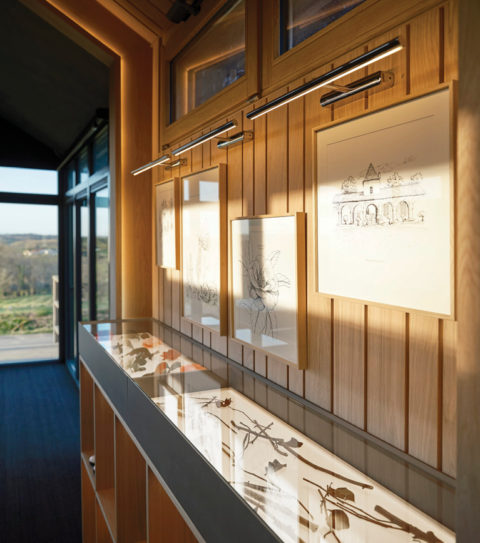
This includes findings about the rejuvenating properties of red camellia, which the brand has made the star of its N°1 de Chanel range, featuring a serum, a moisturizer, an eye cream and a powder-to-foam cleanser, all with skin-barrier-boosting properties. They are focused on sustainability; they are up to 97 per cent natural, and almost the entire camellia plant is used, including the petals and leaves, as well as the seeds, which are pressed to obtain oil. Even the external part of the seed (a shell-like outer layer) is used — it gets ground up and is incorporated into the lid of the glass products. Under the direction of Philippe Grandry, Chanel’s crop operations manager in Gaujacq, the farm is dedicated to cultivating camellias in a way that respects biodiversity and maintains the natural ecosystem.
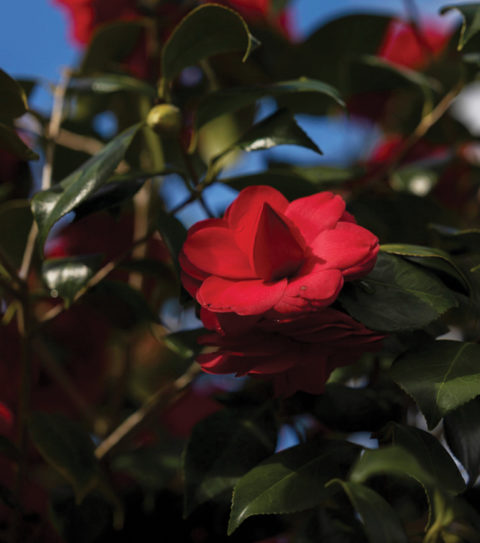
It’s no secret that the merging of science and nature can yield stunning results, and Chanel’s open-sky laboratory is the manifestation of the two worlds coming together. Where else can you find a research lab (microscopes, petri dishes, lab coats) nestled among fields of farmland bursting with blooms and a magical, world-famous garden just steps away? “We’re opening a new, still rare form of dialogue between scientists and growers,” says Thoby. “Because plants are the future of humankind.”
This article first appeared in FASHION’s October 2023 issue. Find out more here.
This article contains affiliate links, so we may earn a small commission when you make a purchase through links on our site at no additional cost to you.

